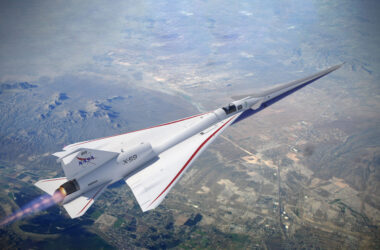Sweden has started a drone trial which could allow emergency medical care to reach patients having a heart-attack … before an ambulance even arrives.

Every second counts when you are having a heart-attack because every minute a heart-attack continues a persons chances of survival drops by 10%.
Cardiac arrest is one of the major killers in the western world. Every minute is crucial; I would say every second is crucial.Jacob Hollenberg, director of the centre for resuscitation at the Karolinska Institute, Stockholm
The idea behind the trial is to allow drones – fitted with defibrillators – to quickly respond to ‘999’ calls in the rural areas outside big cities.
How it Works
Once an address is given to the dispatcher they can then activate the drone.
Each drone is equipped with a GPS system and a camera. The drone is then directed to an incident where a member of the public can be directed to use the defibrillator on the patient.

The defibrillator itself is easy to use and does not require any medical training to use.
Not only can the drone potentially reach its destination (flying across country) quicker than an ambulance – the study has found that on the 18 flights it has already conducted that the time from a dispatcher calling the emergency services to the team dispatching reduced from three minutes to three seconds.
The drone used was specially developed by the Swedish Transportation Agency and is designed to carry a defibrillator at a cruising speed of 47mph.
How can it help
With over 30,000 people suffering heart attacks outside of a hospital each year there is a need to improve the survival rates in the UK.
In fact, the UK survival rate is only 8.6% – which lags well behind Norway’s 25%, Hollands 21% and the USA’s 20%. It is hoped that innovations like this could make a big long-term difference to response times and improve survival rates.
The main obstacle to these plans in the UK is the law which says all drones must be operated within line of sight.








